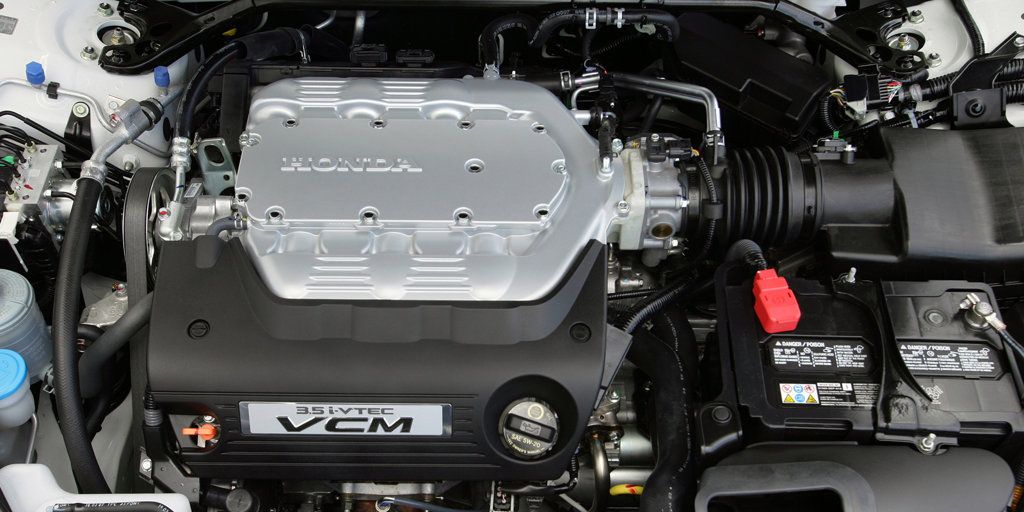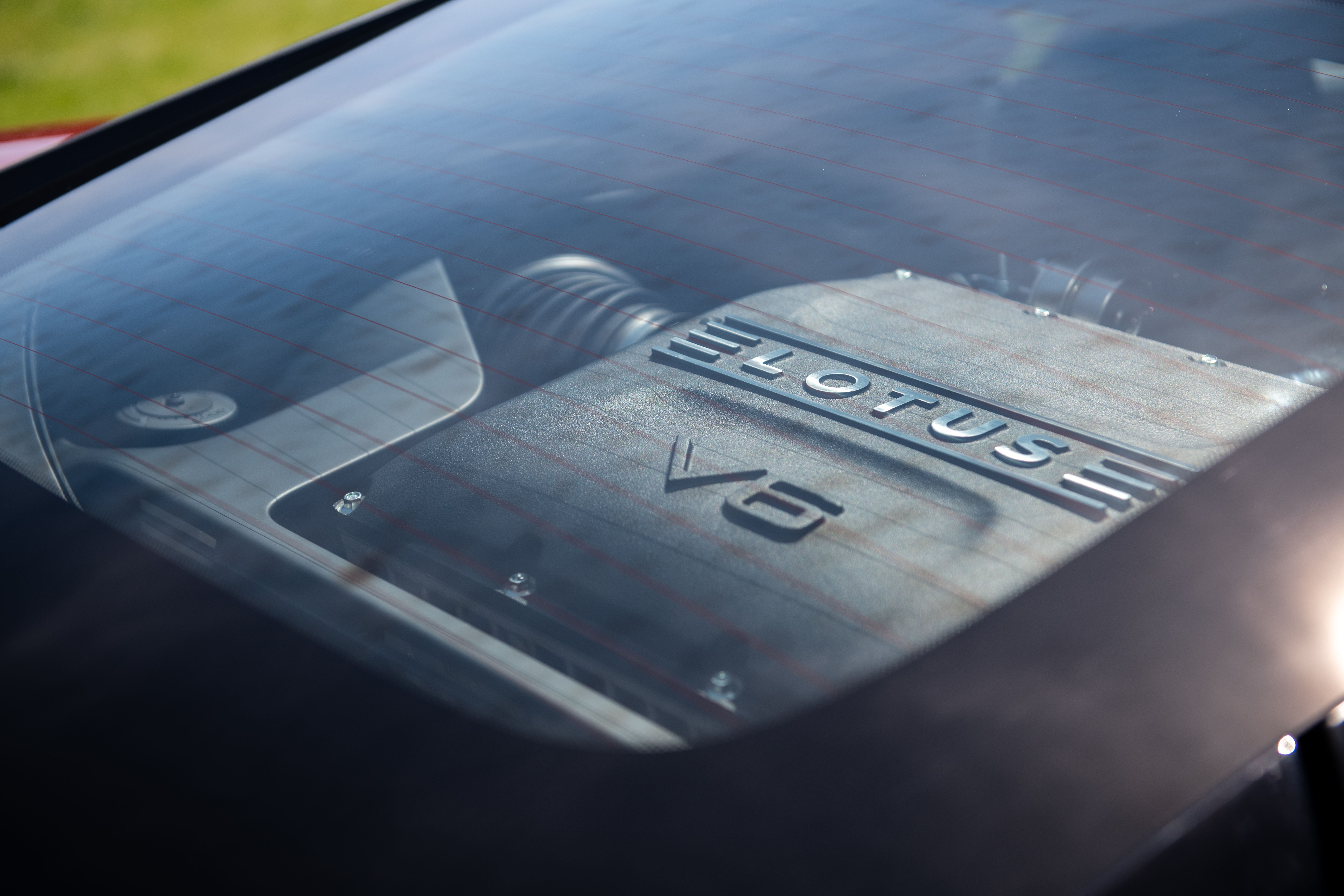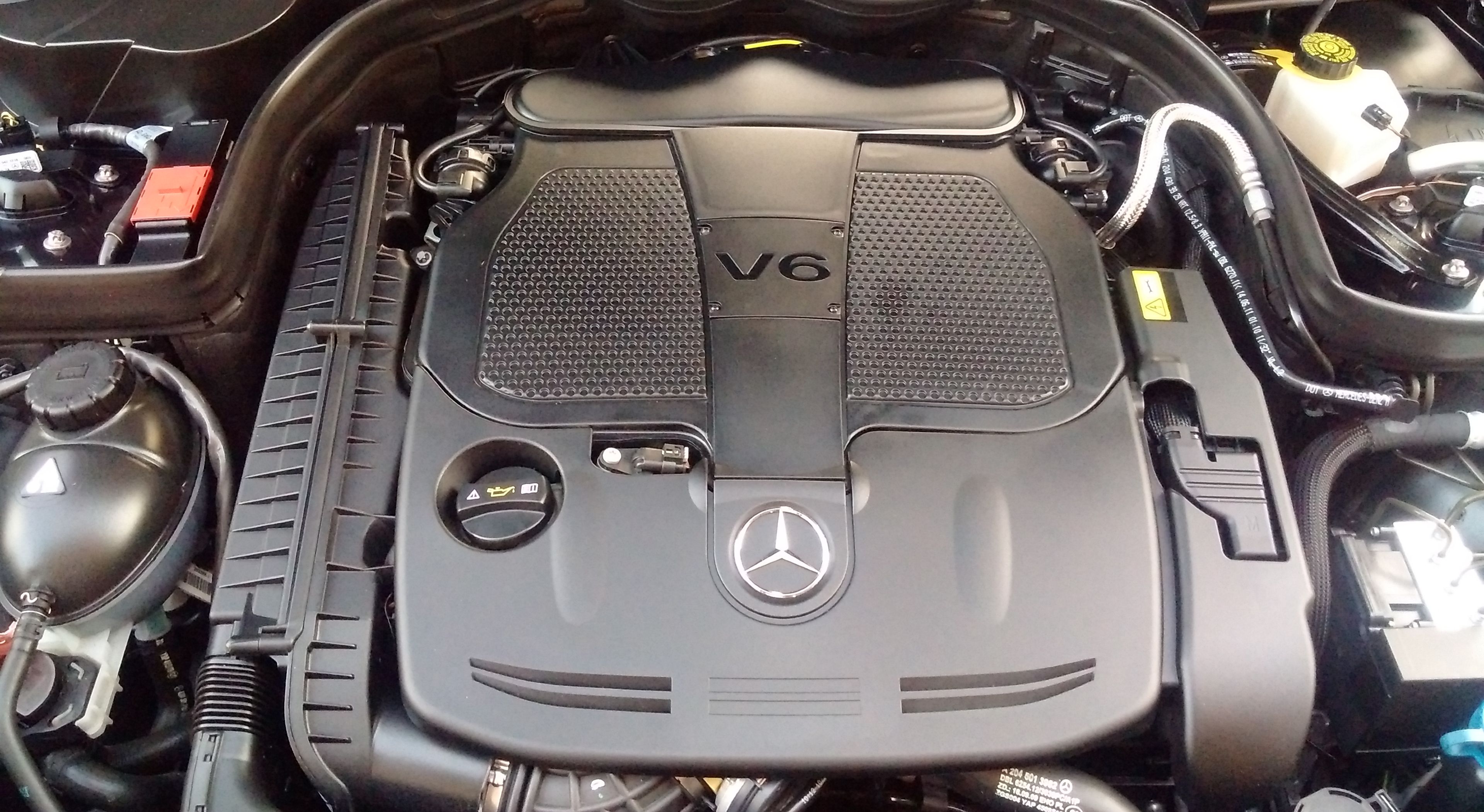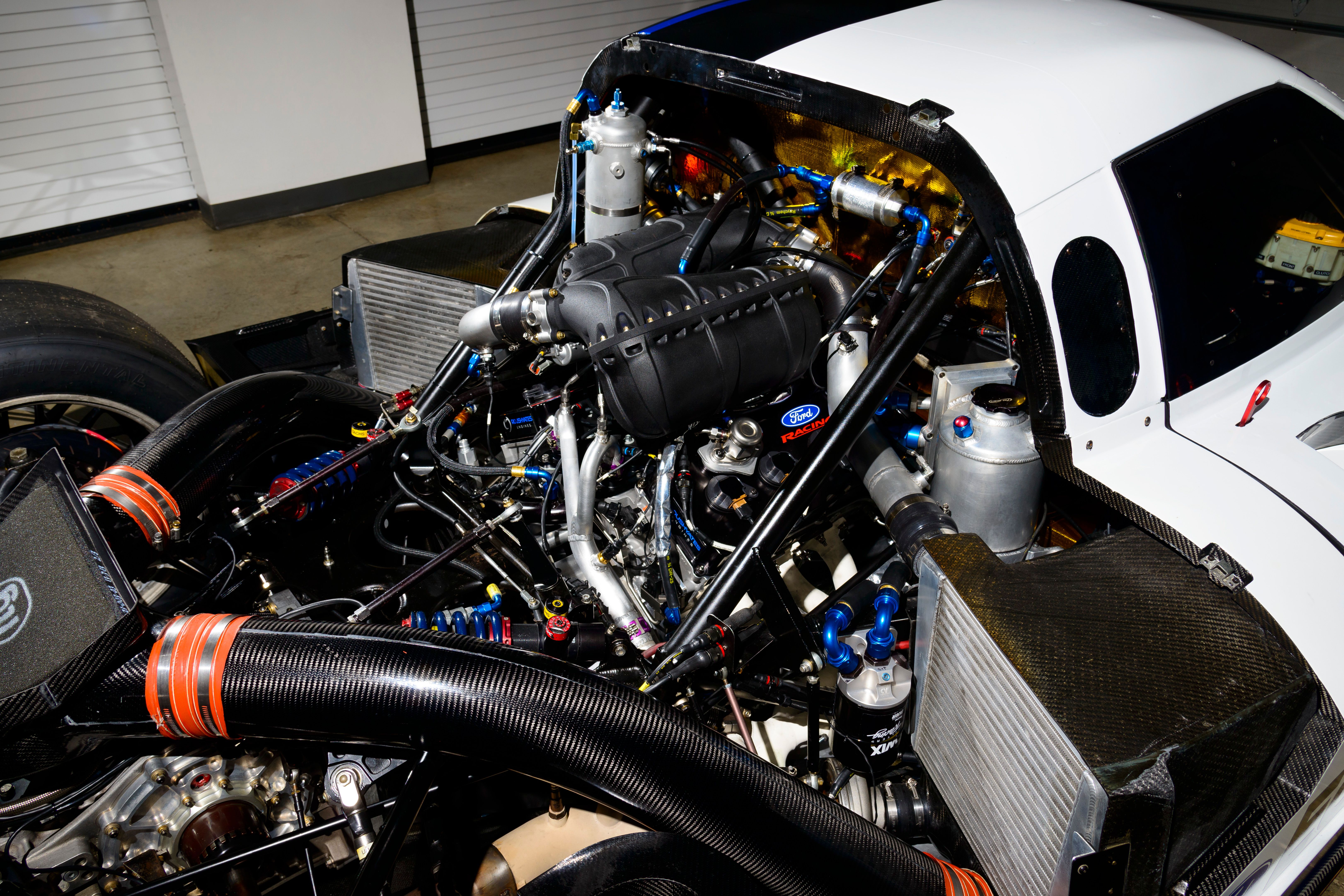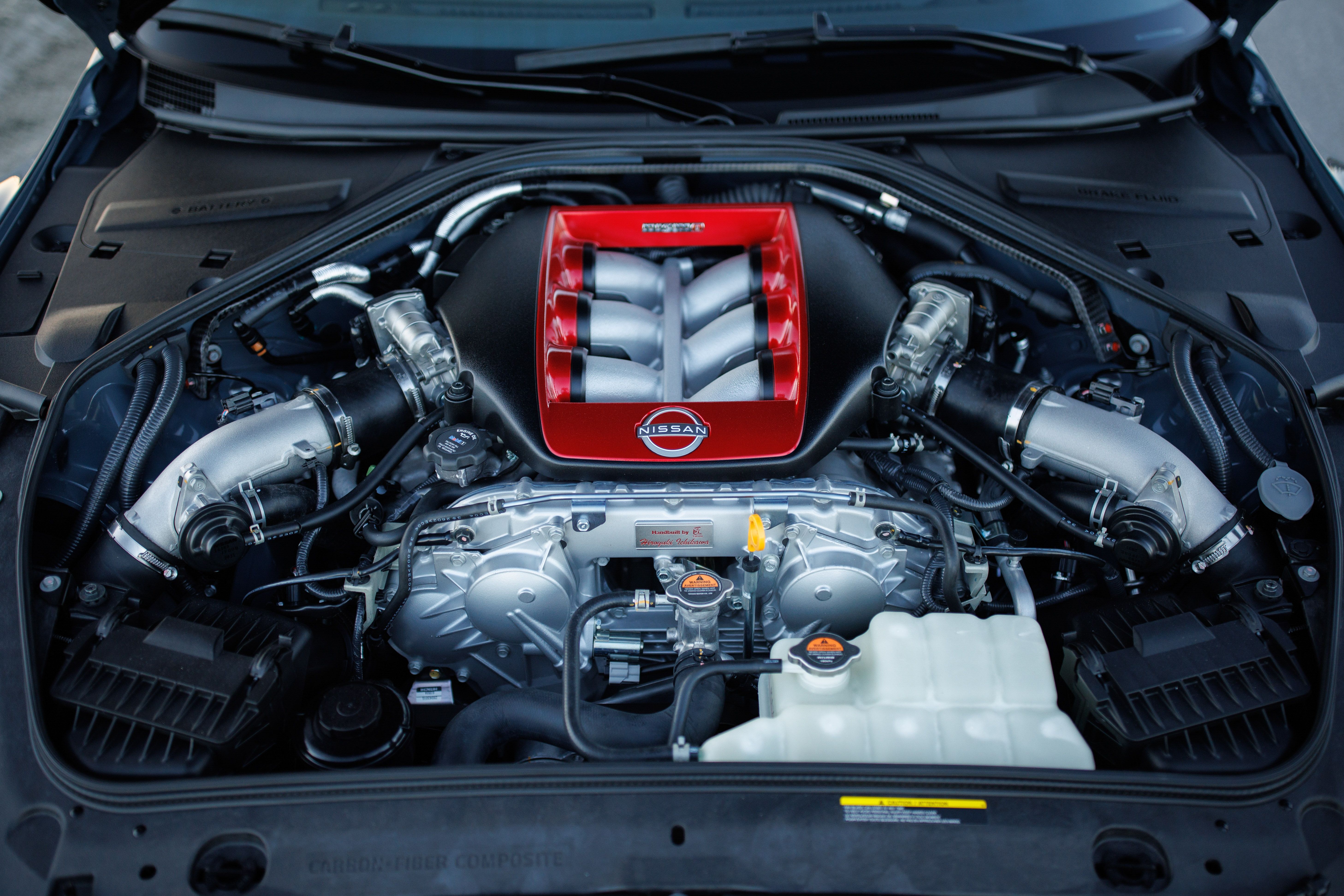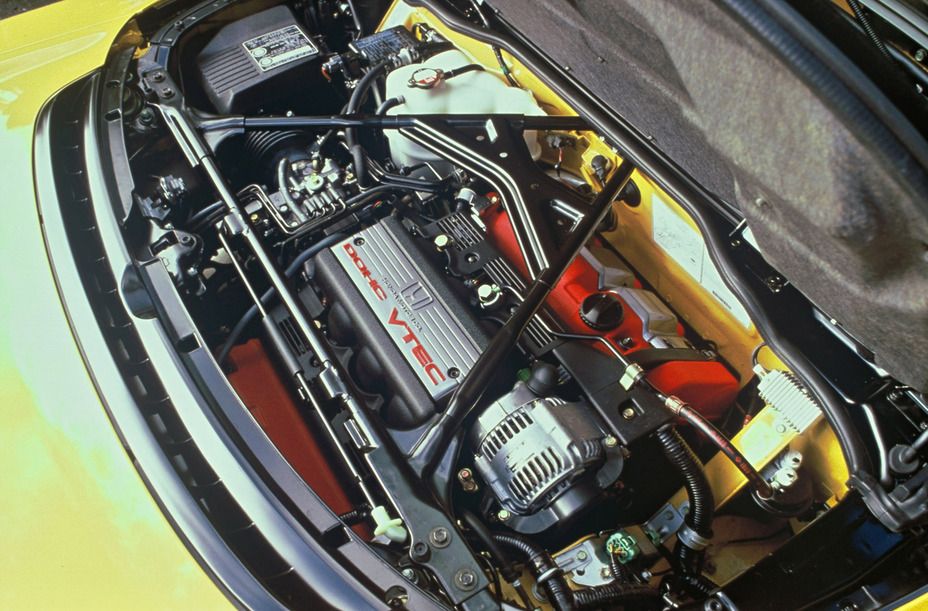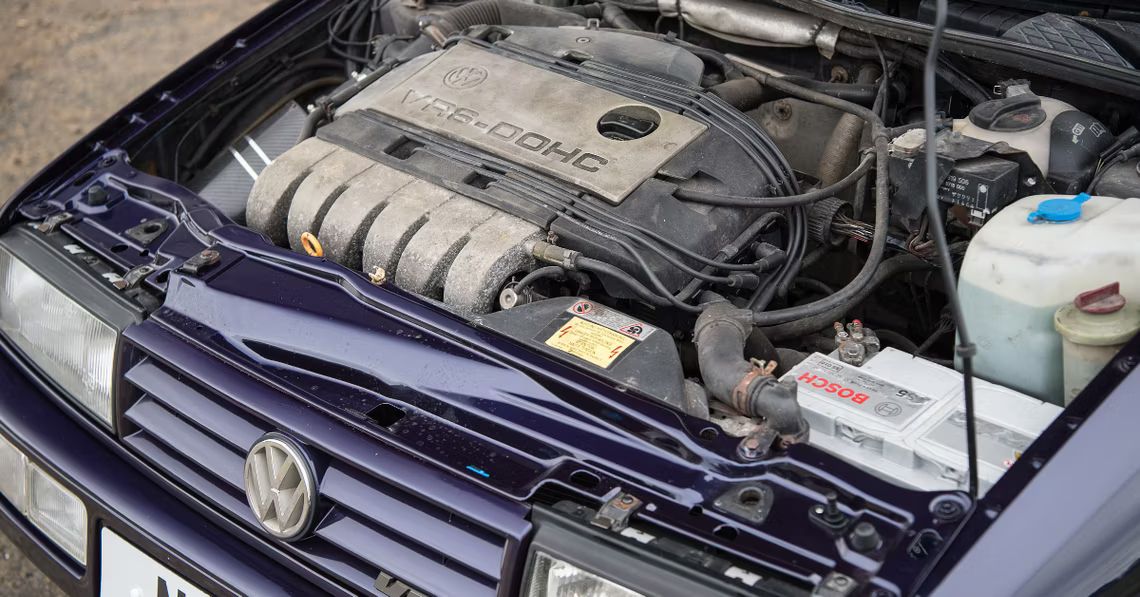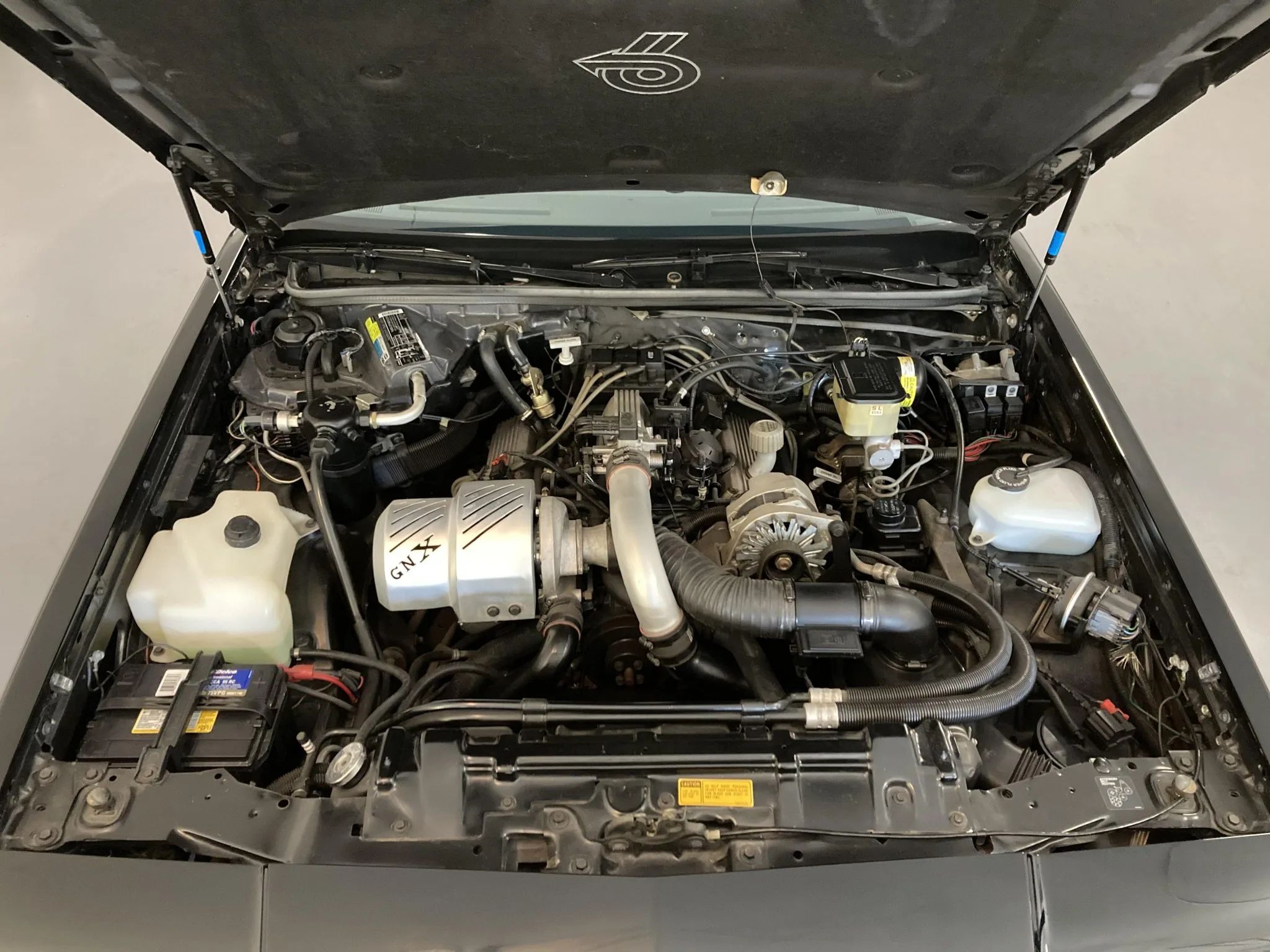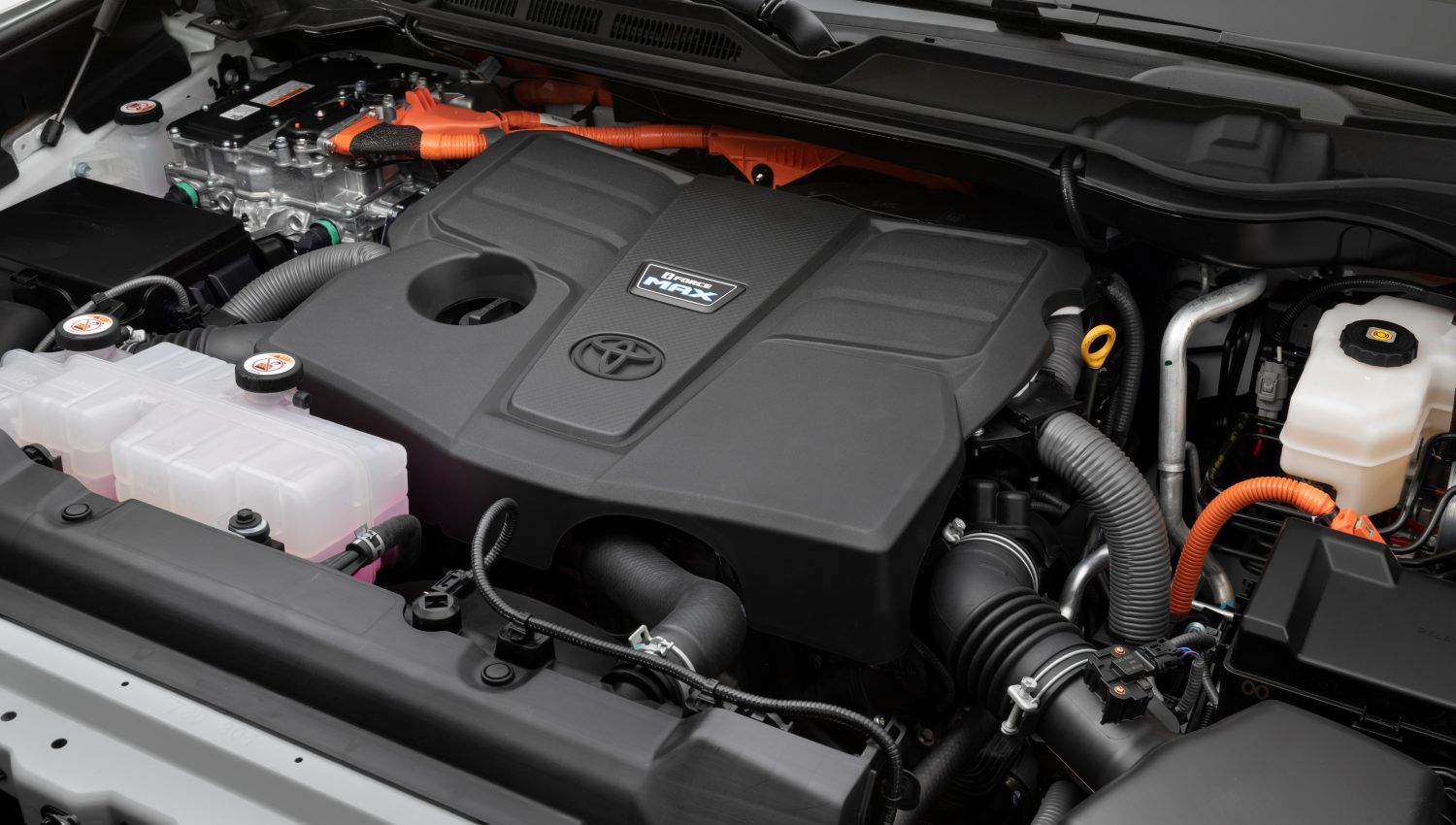From the flashy machines found in IndyCar, to humble workhorses from Toyota and Honda, the V6 engine has been an automotive staple since Lancia introduced the first mass-produced version in 1950. Making a commitment right between power and efficiency. , its versatility has made it a favorite among enthusiasts and value hunters alike.
Before the massive move to forced induction, the V6 proved superior to the four-cylinder engine and with improvements in technology and engineering, these engines have become an ideal replacement for the V8s on offer. Whether it’s the Germans, the Japanese, the Italians or the American Big 3, the V6 engine has been a common link, powering some of the best, fastest and reliable cars on the road today These are the most durable examples out there.
10 Honda J35 V6
Back in the ’90s, Honda needed a reliable V6 that focused on efficiency, different from the C-series engines that powered the classic Acura NSX. Designed by Honda engineers in the United States, the J Series engine family was introduced in 1996 and soon found its way into a whole host of Honda and Acura vehicles. Since efficiency is a key feature for this engine’s application, Honda introduced an innovative Variable Cylinder Management (VCM) system, which was capable of shutting down a bank of cylinders during light loads, making- effectively in a 3-cylinder engine.
The J35 V6 engine is a 3.5-liter block with a single overhead camshaft (SOHC), capable of producing from 240 hp to 310 hp. Over time and with constant development, the engine’s power, efficiency and durability have only improved. Powering several generations of the Honda Accord, Honda Odyssey, Honda Pilot, Acura MDX, Acura RL and even sharing internal components with the BF-200 series marine engine, the versatility and overall reliability of the J35s have made it a preferred choice among customers.
9 Toyota 2GR-FE
Introduced in 2004, the Toyota GR engine series was designed to replace a range of Toyota’s aging MZ V6 and JZ 6-cylinder engines. The 2GR-FE is an all-aluminum 3.5-liter DOHC engine that features Toyota’s Dual VVT-i variable valve timing technology for improved efficiency. Engine power figures have been rated between 249 and 400 hp, depending on the vehicle and state of tune.
The Toyota 2GR-FE has found a place in saloons, SUVs and even a serious British sports car, earning its credentials as a powerful, adaptable and efficient V6 engine. With customers enjoying this engine behind the wheel of their Toyota Avalon, Toyota RAV4, Toyota Previa, Toyota Camry, Lexus ES350, Lexus RX350; Lotus Evora, Lotus Emira and even a Toyota Corolla modified for the Japanese Super GT Touring Car Championship, the 2GR-FE holds its own with ease, a beacon of durability in a sea of car engines.
8 Mercedes-Benz M276
Mercedes-Benz is known for building solid, reliable and durable cars that showcase the best of German engineering. The M276 V6 engine is no exception, with multiple counts of engine innovation implemented to ensure the engine produces maximum power figures, without compromising its efficiency. Available in 3.0-litre and 3.5-litre configurations, with naturally aspirated and turbocharged variants, this range of engines has been rated to produce anywhere from 252bhp to 367bhp.
Found in nearly every gasoline Mercedes-Benz model as an engine option, the M276 embodies the V6 balance of power and efficiency. Mercedes-Benz has adapted the engine to turbocharged versions, a semi-hybrid powertrain and even a plug-in hybrid powertrain, representing the brand’s commitment to the environment. The wide application of the M276 V6 engine has cemented its place among the most durable ever.
7 Ford EcoBoost V6
Ford’s EcoBoost V6 engines have been an absolute game changer for the blue oval. It is designed to compete with the larger V8s produced at home and by the competition, while offering better fuel efficiency and reduced environmental impact. Available in 2.7-litre, 3.0-litre and 3.5-litre versions, the engine is highly versatile, widely adaptable and has a proven track record of reliability and durability. The power figures of the range are between 325 and 660 CV.
The versatility of the EcoBoost V6 means you’ll find it in a range of Ford Sedans, SUVs and it’s even available to enthusiasts as a crate engine. This is also at the heart of some very fast and powerful road cars, such as the 2017 Ford F150 Raptor and the 2017 Ford GT. The EcoBoost V6 powered Ford’s historic Le Mans victory in 2016 with the Ford GT and the same engine can be found in Ken Block’s famous Hoonitruck, a heavily modified truck with an F150 body, making a whopping 914 hp.
6 Nissan VR38DETT
Few cars have consistently captured the gearhead’s imagination quite like the Nissan GT-R. Hailing from a line of legendary Japanese sports cars, the current generation R35 GT-R has been in continuous production since its debut in 2009, with the VR38DETT engine at its heart. This twin-turbo 3.8-liter engine has become a legend in its own right and is rated to produce between 480 and 710 hp in production GT-R models.
Nissan has kept the R35 and its engine virtually unchanged since its launch in 2009, a testament to its longevity. Being at the heart of a Japanese sports car, this V6 engine has proven its reliability, with well-maintained GT-Rs becoming JDM offerings on the used market. As a tuner’s dream, with some modified monsters making a thrilling 3,000 hp from a race-spec build of the VR38DETT engine, the durability of the V6 is constantly tested and proven.
5 Honda C Series V6
The Honda C-Series was Honda’s first production V6 engine. First introduced in 1985 with the Honda Legend, various versions of the engine were in production until 2005. The engine was designed for use in both front and rear mounted form, available in 2.0 litres, 2, 5 liters, 2.7 liters, 3.0 liters. -litre, 3.2-litre and 3.5-litre configurations and capable of producing 143 to 290bhp.
The C30A and C32B were the two most celebrated versions. Designed exclusively to power the 1990-2005 Acura NSX, this engine featured titanium connecting rods, a first for a production car, and Honda’s famous VTEC system to maximize power and efficiency. As a result of this approach, the NSX turned out to be a surprisingly quick, reliable and cheap supercar that gave Ferrari a run for its money. It even scores as a durable vehicle, with well-maintained examples reliably covering more than 100,000 miles. The highly improved versions used in Japanese touring car racing have been rated to produce up to 500bhp. The fact that the car and its engine have been tuned, in part, by Formula 1 legend Ayrton Senna is a cherry on top.
4 Volkswagen VR6
The VR6 is a type of 6 cylinder engine specifically for use in the compact engine bays of Volkswagen’s front wheel drive models. It differs from the traditional V6 in that it features a much narrower angle between the cylinder banks. This makes the VR6 perfect for use in the small engine compartment of a hatchback or mid-size sedan. Various versions have been produced since 1991 and used in cars such as the Volkswagen Golf, Volkswagen Passat, Volkswagen Corrado, Volkswagen Jetta, Audi TT and Audi Q7 to name a few.
The Volkswagen Golf R32 stood out from a crowd of turbocharged four-cylinder hot hatchbacks, offering enthusiasts a 3.2-litre engine that produces 238bhp in the Mk4 and 250bhp in the Mk5 version. Constant innovation and improvement, supported by its extensive deployment, has ensured that the VR6 has been an efficient, reliable and durable way to generate big power in small packages for fast cars.
3 Ferrari Dino V6
Enzo Ferrari’s son Alfredo “Dino” Ferrari envisioned a V6 engine for use in Ferrari’s Formula 2 cars in 1957, but died of illness. Ferrari engineer Vittorio Jano developed the engine to produce the marque’s first V6 power plant. Developed and used primarily in racing by Ferrari, the engine was available in 2.0 liter and 2.4 liter configurations with between 190 and 280 hp.
Between 1966 and 1974, it was used on various Fiat Dino road car models. In 1971, the iconic Lancia Stratos was paired with the Dino V6. It won three World Rally Championships and many other rally victories during the 1970s. Much of the credit for these victories was due to the robustness and durability of the Dino V6, whose pedigree ensured that work better under the rigors of competition.
2 Buick 3800 V6
The Buick 3800 V6 is a forgotten gem, lost in a sea of small-block V8s and HEMIs. Manufactured by GM in 1961 for its Buick, Oldsmobile and Pontiac compact cars, the 3.2-liter engine was continuously developed by Buick. The oil crisis of the 1970s again brought the need for improved fuel efficiency, resulting in a revised 3.8 liter version and by 1981, GM was making over a million units per year.
In 1988, the limited-production Buick GNX produced 276 hp from a 3.8-liter turbo engine, earning a reputation as the ultimate sleeper car. Buick continued its development into the early 2000s, with later versions of the 240 hp engine aided by a supercharger. The near flawless construction, rugged interiors, ease of maintenance, light weight, compactness, highly adjustable and most importantly, the price, make this engine and the cars it powers a favorite of mechanics and enthusiasts alike. .
1 Toyota V35A-FTS
The Toyota V35A-FTS is a relatively new engine, which was recently developed by the brand to replace the V8s in its full-size Toyota Tundra truck, Toyota Sequoia SUV, Lexus LX and the latest generation Land Cruiser in the international markets. The 3.5-liter V6 produces 389 hp and goes up to 437 hp in the iForce Max hybrid versions of the Tundra and Sequoia.
With this engine, Toyota set out to create a reliable, efficient, and durable engine that could keep up with, and even surpass, the latest from GM, Ram, and Ford. This is not an unfamiliar concept for Toyota, famous for making engines that will annihilate anything. By putting the V35A-FTS into its larger, flagship SUVs and trucks, it’s Toyota’s way of promising bulletproof durability.



